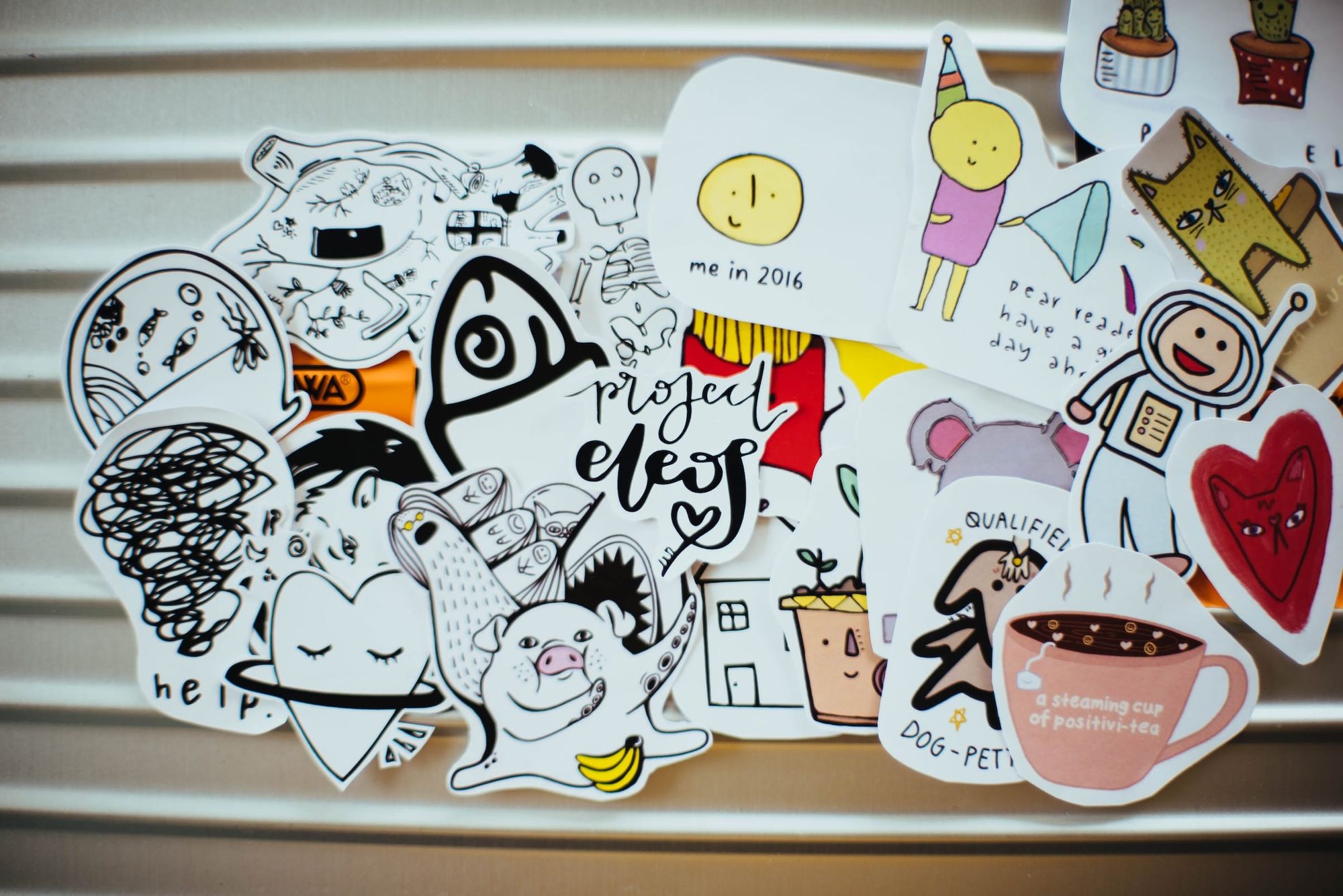
11 of the Best Social Media Campaign Examples (+ Key Takeaways for Your Strategy)
Real-life social media campaign examples from trailblazing brands to inspire your next big project.
A meme is an image, video, or text that is humorous in nature and that spreads quickly across the internet.
A meme is a piece of content (an image, video, or text) that is humorous in nature, spreads quickly across the internet, and can be remixed and transformed over time. In a more general context, it’s an idea that spreads quickly from person to person within a culture.
You’ve likely heard of memes within the context of social media, where they are generally captured within a social media post in the form of images or videos with overlaying text. The key components of a meme are that they are relatable, relevant, funny, and easily shareable. Memes are a great social media marketing tactic for brands to engage their audience in a fun, lighthearted way and to help them humanize their brand. We also use memes in our own social media marketing and they tend to be the posts that get the highest engagement:

The word “meme” comes from the Greek mimema, meaning something that has been “imitated.” According to Britannica, the word was first introduced by Richard Dawkins, a British biologist, in his book The Selfish Gene; his intention was for “meme” to sound similar to “gene.” In his book, Dawkins makes a direct connection between memes and biological genes by stating that both are in control of their own reproduction and thus have the ability to evolve and to be transmitted from person to person.
In Dawkin’s words, a meme is them simply an idea that is transmitted from person to person within a culture. And the “memes that are most successful in being copied and transmitted become the most prevalent within a culture,” says Britannica.
Memes have become a cornerstone of social media culture. In fact, a whopping 75% of people share memes with friends through social media. Here are a few reasons why memes become so popular on social media:
People and brands have been using memes in their social media marketing for many years already. Here are some examples of memes in the social media feeds of top brands:
The beauty brand has almost three million followers and often sprinkles in memes among its standard User-Generated Content (UGC) posts, like in this tweet-turned-Instagram-post:

Parade rose in popularity rapidly by using Gen Z–friendly marketing tactics. Their content is always timely and based on the biggest trend topics of the moment. In this Instagram post, Parade demonstrates this approach by making a meme that highlights a memorable scene from an episode of Euphoria that aired just the night before:

Scattered in between their beautiful photography and professional graphics, Curology, a skincare brand, sprinkles in the occasional meme. This meme takes a popular scene from the movie Mean Girls and directly relates it to their acne-treating products:

Memes are usually made up of either an image or video, overlayed with humorous text, that have the ability to be easily shared widely across social media platforms. Here are the key components that make up a meme:

Real-life social media campaign examples from trailblazing brands to inspire your next big project.

Get a look at 10 of the top brands who use Instagram memes to engage with their audience. Find out the full story of the trend and how to join in.

This article explores the popularity of the short-form video format and some tips for making the most of it for your social media.